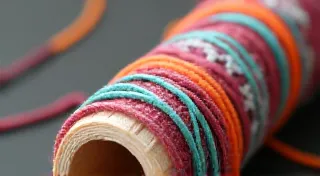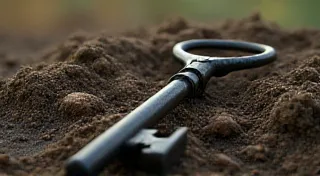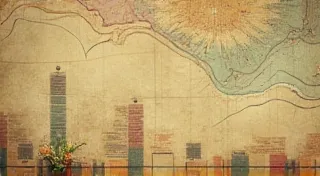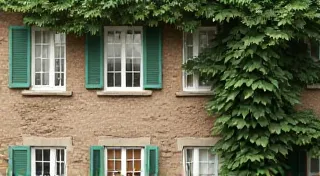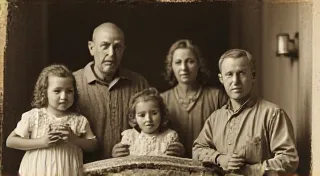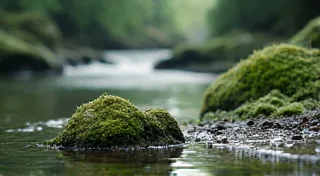The Language of Healing: Traditional Remedies and Dialectal Terminology
The mountains of Appalachia have always whispered secrets. Not just of hidden springs and ancient forests, but of a way of life deeply intertwined with the land – a life where survival demanded knowledge passed down through generations. That knowledge wasn’t just about planting corn or building a sturdy cabin; it was about understanding the healing power of the plants that thrived around them. And that understanding, that ancient wisdom, is inextricably linked to the very language they spoke, a vibrant and increasingly fragile dialect I’ve come to cherish.
Growing up, my grandmother, Nana Mae, possessed a lexicon unlike any I’d encountered. It wasn't simply a different way of speaking; it was a window into a world where the words themselves held a resonance, a depth of understanding lost to so much of modern life. She used terms for plants and ailments that weren't in any medical textbook, names steeped in a history of practical application, honed by observation and passed down through countless women tending to their families and communities.
Consider “sang.” Most people outside of Appalachia might recognize it as a type of berry. But for Nana Mae, it was more than just a berry; it was a powerful astringent used to stop bleeding, a key ingredient in a poultice for wounds. The word itself – “sang” – carries a weight of history, a legacy of survival. Or "poke sallet," a culinary and medicinal staple. Misunderstood by many, and requiring careful preparation to remove toxins, it was a testament to the keen observational skills of those who relied on it for sustenance and relief.
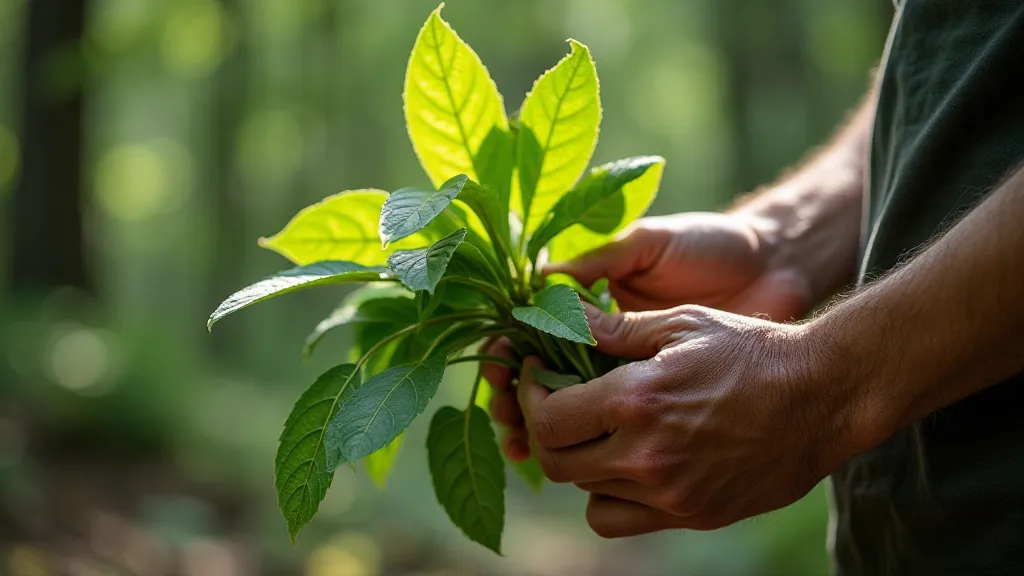
A Dialect Born of Isolation and Spatial Nuance
The unique Appalachian dialect itself is a fascinating product of history and geography. Isolated from major population centers for centuries, communities developed their own linguistic variations, borrowing from Scots-Irish, English, and even Native American languages. These influences blended, evolved, and became distinct markers of regional identity. It's not just the vocabulary that’s distinctive; it’s the grammar, the cadence, the very rhythm of the speech. The lack of widespread schooling and the prevalence of oral tradition further cemented these linguistic quirks. Understanding these quirks often means grasping how Appalachian communities described their world; sometimes, a seemingly simple word paints a complex picture of spatial relations and dialectal geography. How they indicated "over there," or "down the holler" reveals a deep connection to the landscape that shaped their lives.
This isolation also profoundly shaped the language surrounding healing practices. Terms for illnesses and remedies weren’t derived from standardized medical dictionaries, but from direct experience and observation. They were tailored to the specific conditions of the mountain environment and the unique challenges faced by Appalachian communities. If a child suffered from a cough, it might be described as having the "chinks" – a term that pointed to the sound, but also, perhaps, a perceived blockage or imbalance in the body.
"Greased Lightning" and Other Linguistic Jewels
The dialect is brimming with colorful expressions, many of which have lost their original context or meaning outside the region. "Greased lightning,” for instance, doesn't refer to a meteorological phenomenon; it's a description of something exceptionally fast. And while seemingly frivolous, understanding the nuances of these phrases offers a glimpse into the Appalachian worldview – a worldview that often finds humor and resilience in the face of hardship.
When Nana Mae spoke of a wound “running sweet,” she wasn't describing a pleasant aroma. It meant the wound was producing excessive pus, a critical observation for determining the severity of infection and guiding treatment. Similarly, describing a fever as “settled” meant it was persistent and deeply rooted, requiring more than just a simple remedy. The intricacies of how family relationships are expressed, for example, are a revealing aspect of Appalachian speech, often reflecting the unique structures of kinship and community. You might want to delve further into the grammar of kin to fully understand this aspect of Appalachian communication.
The Craft of Healing – A Legacy of Knowledge
The healing practices themselves were often a blend of herbal remedies and folk wisdom. Nana Mae, like many women of her generation, was a skilled herbalist, possessing an encyclopedic knowledge of plants and their medicinal properties. She knew precisely where to find each herb, when it was at its peak potency, and how to prepare it for maximum benefit. She wouldn't just tell you to use dandelion root; she’s describe how to dig it, the best time of year, the signs of a healthy root, and then explain, in that distinctive drawl, how to dry it and prepare it for tea. The way knowledge was transmitted – through stories, songs, and practical demonstration – was itself a testament to the importance of oral tradition. The history of these words is also inextricably linked to their origins, often reflecting the waves of immigration and cultural exchange that shaped the region. The influence of the Scots-Irish people, for example, is deeply embedded within the dialect, contributing to its unique sounds and vocabulary. Understanding this history illuminates the evolution of Appalachian speech. To explore this deeper connection, reading about the influence of Scots-Irish on Appalachian dialects can provide valuable insights.
The preparation process itself was often imbued with ritual and intention. Nana Mae believed that the power of the herbs was enhanced by the caregiver’s focus and connection to the natural world. She's teach me about the importance of offering a prayer of thanks to the plants for their generosity. The mapping of this knowledge, its place within the physical landscape and the cultural memory of the community, can be a fascinating area of study. The lines between geographical location and linguistic variations were often blurred, with subtle shifts in dialect marking the boundaries between communities and reflecting different historical trajectories.
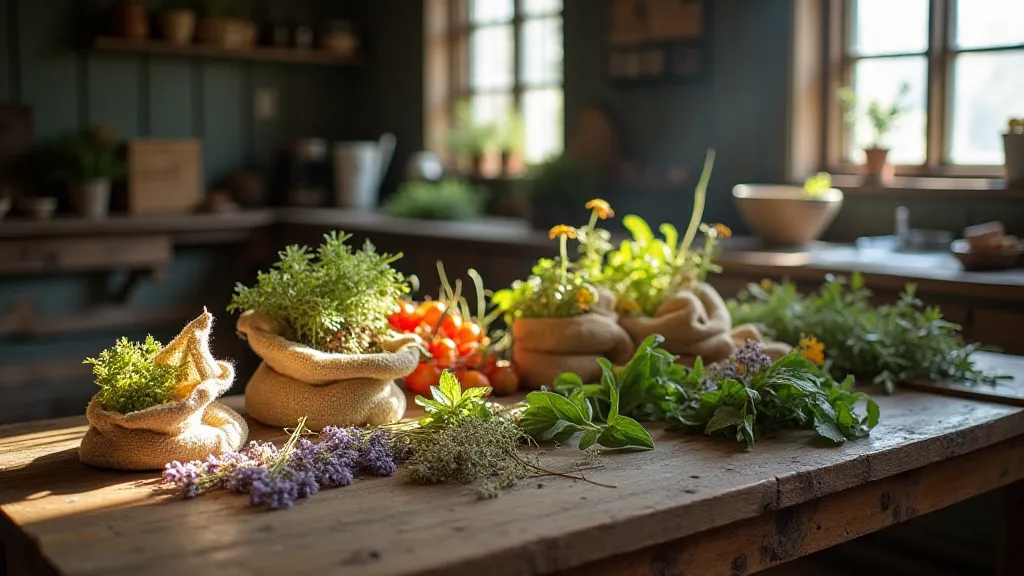
The Fragility of a Dying Language and Cartographic Drift
Sadly, both the Appalachian dialect and the traditional healing practices it embodies are facing an existential threat. The increasing influence of mainstream culture, the migration of younger generations to urban areas, and the decline of oral tradition are all contributing to the loss of this unique cultural heritage. Many of the terms Nana Mae used are fading from common usage, becoming relics of a bygone era. This decline isn’t just a matter of losing words; it’s a disappearance of a system of knowledge intricately interwoven with the physical landscape. The erosion of this connection mirrors larger trends in cultural homogenization, and the subtle shifts in dialect—the cartographic drift—reflect the changing demographics and social dynamics of the region. Observing these changes can be like looking at a living map, where the boundaries of language constantly evolve.
It’s not just a matter of losing words; it’s a matter of losing the entire context in which those words existed. The knowledge of how to identify and use these plants, the understanding of the subtle differences in their properties, the connection to the land that made it all possible – these are all intertwined with the language itself. When the language disappears, the knowledge is often lost with it. Imagine a cartographer attempting to map a landscape that is constantly changing; the lines become blurred, the features distorted, and the map becomes an imperfect representation of reality. Similarly, the loss of the Appalachian dialect diminishes our ability to fully comprehend the rich history and cultural heritage of the region. The subtleties of how place names have evolved, and how these names have shifted over time, offer a compelling illustration of this phenomenon. Just as a cartographer meticulously documents the contours of the land, linguists and historians are working to preserve the linguistic features of Appalachian dialects.
Preserving the Echoes
There is, however, a renewed interest in preserving Appalachian culture. Local historians, linguists, and community members are working to document the dialect, record oral histories, and revitalize traditional practices. Efforts to teach Appalachian history and culture in schools are also helping to ensure that younger generations are aware of their heritage. The cartographer's careful documentation, the linguist's meticulous transcription, the historian's insightful analysis—all contribute to the effort to preserve the memory of a fading language and the cultural heritage it represents.
For me, preserving Nana Mae’s legacy isn’s just about remembering the words she used. It’s about understanding the worldview they represented—a worldview that valued self-reliance, community, and a deep connection to the natural world. It’s about keeping alive the echoes of a language that holds within it the wisdom of generations. The specific terms for plants and ailments might fade, but the underlying principles of observation, resourcefulness, and respect for nature – those are lessons that are timeless and universal.
Ultimately, the language of healing isn’t just about words; it’s about connection – a connection to the land, to our ancestors, and to ourselves. And it’s a connection worth fighting to preserve.

